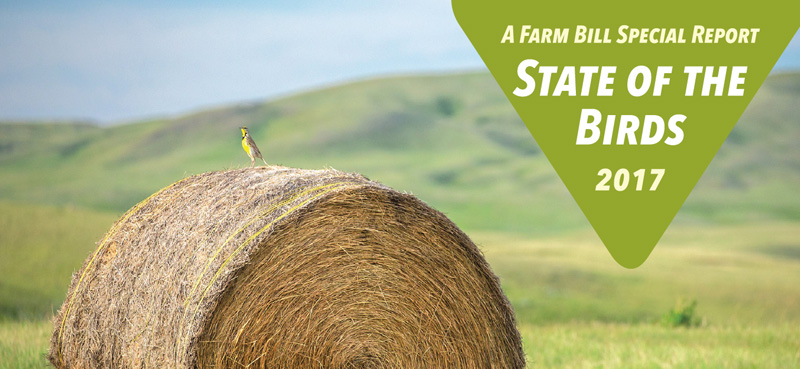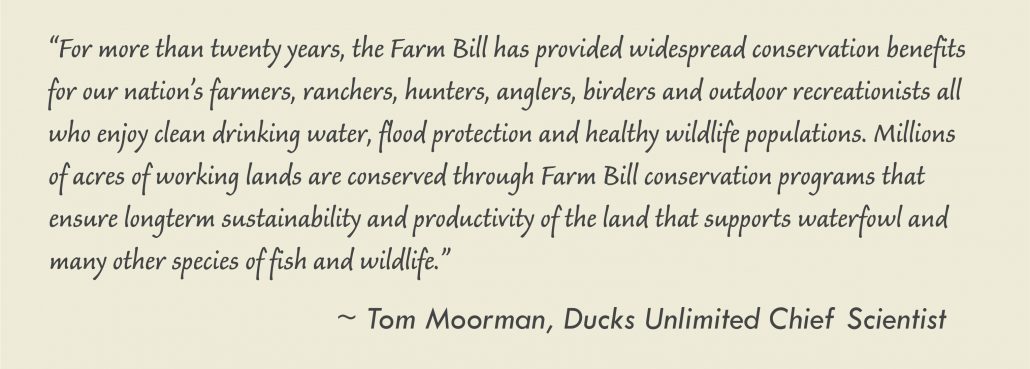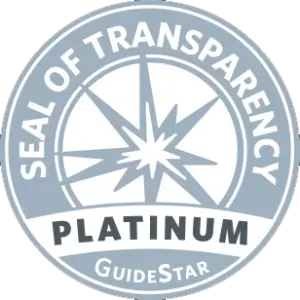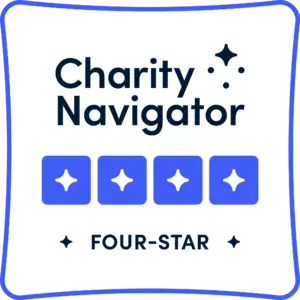Farm Bill works for landowners and birds, new report finds
The Farm Bill is the largest source of conservation funding.
The State of the Birds 2017 report, released Aug. 3 by the North American Bird Conservation Initiative (NABCI), documents the many benefits the Farm Bill —America’s single largest source of conservation funding for private lands—has delivered to birds, agricultural producers and rural communities. For more than three decades, the Farm Bill has been an effective tool for wildlife conservation, sustaining essential habitat for more than 100 species. For farmers, ranchers, and forest owners, the bill helps keep working lands productive.
It’s a striking record of success.
Before 1990, for instance, wetland birds and waterfowl were on the decline, trending downward by 10 percent a year. Since wetland easements were added to the Farm Bill, those populations have soared 51 percent. Grasslands and forest birds have benefited as well.

“There’s no doubt that the Farm Bill’s conservation provisions have helped to stabilize populations of grassland birds, which had suffered a nearly 50 percent drop before grassland easements were introduced in 2003,” said Kenneth V. Rosenberg of the Cornell Lab of Ornithology, and the report’s team leader. “Since that time, we’ve seen an encouraging increase in numbers.” The report documents a similar turnaround in forest bird populations, which had dropped 19 percent before the Farm Bill’s Forestry Title was introduced in 1990.
The Farm Bill is multiyear legislation that must be reauthorized by Congress every five years or so. The next re-authorization is in 2018, and discussions and debate are already underway. The State of the Birds report calls attention to the benefits of investing in conservation on private lands, which make up nearly 70 percent of the land area in the contiguous United States. It also includes policy recommendations for the 2018 bill.
State of the Birds is a regular report published by NABCI’s US Committee, a coalition of 28 state and federal agencies, nonprofit organizations, and bird-focused partnerships—including Bird Conservancy of the Rockies. Scientists, government agencies, and bird conservation groups use the State of the Birds as a resource for identifying conservation and science priorities, policies, and programs. The 2016 State of North America’s Birds report revealed that more than one-third of North America’s bird species require urgent conservation action. In all, roughly 33 species of “common” U.S. birds have lost more than half their population over the past four decades. Included among this group is Colorado’s State Bird, the Lark Bunting, which has experienced a dramatic population decline of 93 percent.
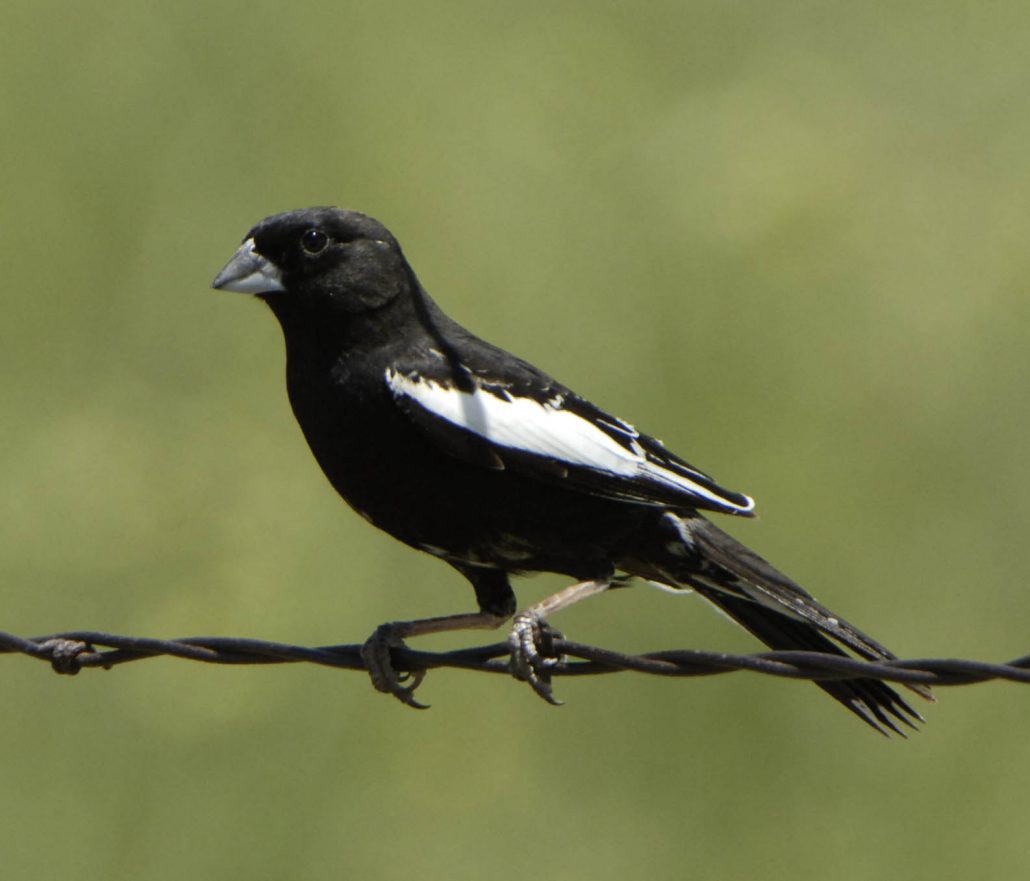
Over 80 percent of the shortgrass prairie ecosystem, where these declines are most dramatic, is on privately owned land. Bird Conservancy of the Rockies recognizes the critical role that private landowners play in bird habitat conservation. Our Stewardship Program model of working with landowners for proactive, voluntarily conservation is proving effective at creating win-win solutions for birds and other wildlife in grasslands and forests while ensuring the economic viability of working lands.

Bird Conservancy of the Rockies collaborates with landowners and managers to implement habitat enhancement projects through USDA Farm Bill-funded Natural Resources Conservation Service (NRCS) programs such as Conservation Stewardship Program (CSP), Conservation Reserve Program (CRP), Working Lands for Wildlife (WLFW), the Environmental Quality Incentives Program (EQIP), and others.
 In collaboration with Natural Resources Conservation Service, U.S. Fish & Wildlife Service Partners for Fish & Wildlife , Colorado Parks & Wildlife, National Fish & Wildlife Foundation and many other partners, Bird Conservancy private lands wildlife biologists (PLWB) assist in implementing management practices that maintain or increase agricultural production while also enhancing habitat for wildlife. Technical support helps ensure funding proposals link to state and regional conservation/wildlife management plans and score competitively during the review process, while also matching landowners with programs that best fit their land-use goals. Landowners receive financial support in exchange for vital ecological services such as clean water, erosion control, improved soil health and enhanced habitat for birds. Bird Conservancy PLWBs provide continued engagement with landowners during project implementation and after the project ends, often leading to the design and implementation of future habitat work.
In collaboration with Natural Resources Conservation Service, U.S. Fish & Wildlife Service Partners for Fish & Wildlife , Colorado Parks & Wildlife, National Fish & Wildlife Foundation and many other partners, Bird Conservancy private lands wildlife biologists (PLWB) assist in implementing management practices that maintain or increase agricultural production while also enhancing habitat for wildlife. Technical support helps ensure funding proposals link to state and regional conservation/wildlife management plans and score competitively during the review process, while also matching landowners with programs that best fit their land-use goals. Landowners receive financial support in exchange for vital ecological services such as clean water, erosion control, improved soil health and enhanced habitat for birds. Bird Conservancy PLWBs provide continued engagement with landowners during project implementation and after the project ends, often leading to the design and implementation of future habitat work.
Click here to learn more about the North American Bird Conservation Initiative and the State of the Birds Report.

